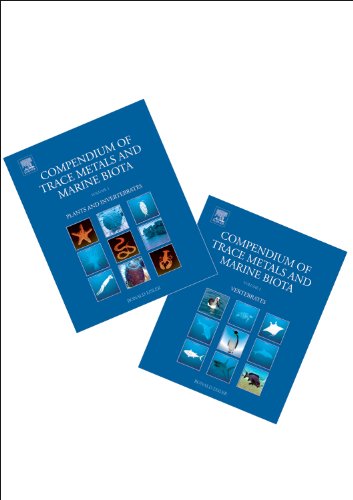

Most ebook files are in PDF format, so you can easily read them using various software such as Foxit Reader or directly on the Google Chrome browser.
Some ebook files are released by publishers in other formats such as .awz, .mobi, .epub, .fb2, etc. You may need to install specific software to read these formats on mobile/PC, such as Calibre.
Please read the tutorial at this link. https://ebooknice.com/page/post?id=faq
We offer FREE conversion to the popular formats you request; however, this may take some time. Therefore, right after payment, please email us, and we will try to provide the service as quickly as possible.
For some exceptional file formats or broken links (if any), please refrain from opening any disputes. Instead, email us first, and we will try to assist within a maximum of 6 hours.
EbookNice Team

Status:
Available0.0
0 reviewsEach book has two main goals
1. Determine baseline concentrations of metals and metalloids in tissues of representative field populations of estuarine coastal, and open ocean organisms (Book 1:algae and macrophytes, protists, sponges, coelenterates, molluscs, crustaceans, insects, chaetognaths, annelids, echinoderms, and tunicates) (Book 2: elasmobranchs, fishes, reptiles, birds, mammals) and their significance to organism health and to the health of their consumers.
2. Synthesize existing information on biological, chemical, and physical factors known to modify uptake, retention, and translocation of each element under field and laboratory conditions. Recognition of the importance of these modifiers and their accompanying interactions is essential to the understanding of metals kinetics in marine systems and to the interpretation of baseline residue data.
• Synthesizes existing information on biological, chemical, and physical factors known to modify uptake, retention, and translocation of each element
• Aids understanding of metals kinetics in marine systems
• Allows the interpretation of baseline residue data.